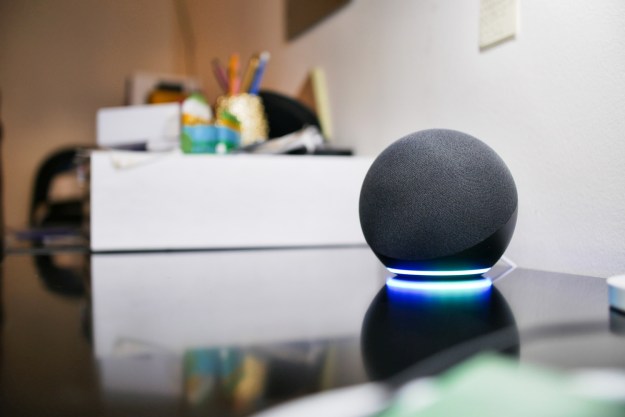
However, the real winner in the fourth quarter and across 2017 has to be Amazon, who saw sales rise by an amazing 50.3-percent in the fourth quarter of 2017 compared to the same quarter of 2016, overtaking Samsung for second place, and seeing an increase over the year of 38 percent. Not yet enough to overtake Samsung’s sales throughout 2017, but certainly enough to worry Samsung for 2018.
Amazon’s success is likely down to dominating much of the low-end tablet market, offering its Fire tablets for a significant discount over the holiday period, and attaching its Alexa voice assistant into the devices. Huawei too had a good year, overtaking Lenovo in both the fourth quarter and in terms of annual sales to take over the fourth place position on the tables.
Despite these success stories, the overall tablet market saw a decline this year, falling 7.9 percent in the fourth quarter and 6.5 percent across 2017. However, it’s not all bad news, as within the tablet ecosystem sales of detachable tablets (tablets designed to work with detachable keyboards) continued their rise, with sales climbing by 1.6 percent over 2017. While this is a drop from the 24 percent growth seen in 2016, analysts put this lack of growth down to the delay in the launch of 2017’s Microsoft Surface device. They also warn that while the high-end range is well accounted for in detachable tablets, a solid mid range is what’s required to ensure further growth in this area.
“With the first wave of Windows on ARM products expected to begin shipping in the second quarter of 2018, we believe the detachables category has the potential to continue its growth trajectory,” said Lauren Guenveur, senior research analyst for IDC devices and displays. “Many of these products are being introduced at the premium end of the market. What remains glaringly sparse, and needed, are strong players in the mid-segment of the market.”
While old-fashioned “slate-style” tablets continue to sell, primarily as a means of consuming media more efficiently, the rise of detachable tablets may indicate tablets are increasingly finding a role as productivity machines, thanks to their slim profiles, light weight, and powerful hardware. The report warns that while some manufacturers like Lenovo are all too happy to follow the trend towards detachable tablets, others would be wise to increase their efforts in that space, judging by its growth. Huawei, in particular, could be in for a rude shock in the future should it not heed this advice.
Editors' Recommendations
- I used AR glasses with Android tablets and iPads. Only one was good
- I made myself try a 14.5-inch tablet — and it didn’t go very well
- Samsung Galaxy Tab S8 Plus vs. iPad Air 4
- Fortnite finally comes back to Apple devices via GeForce Now
- Apple Watch Series 7 vs. Samsung Galaxy Watch 4 Classic


